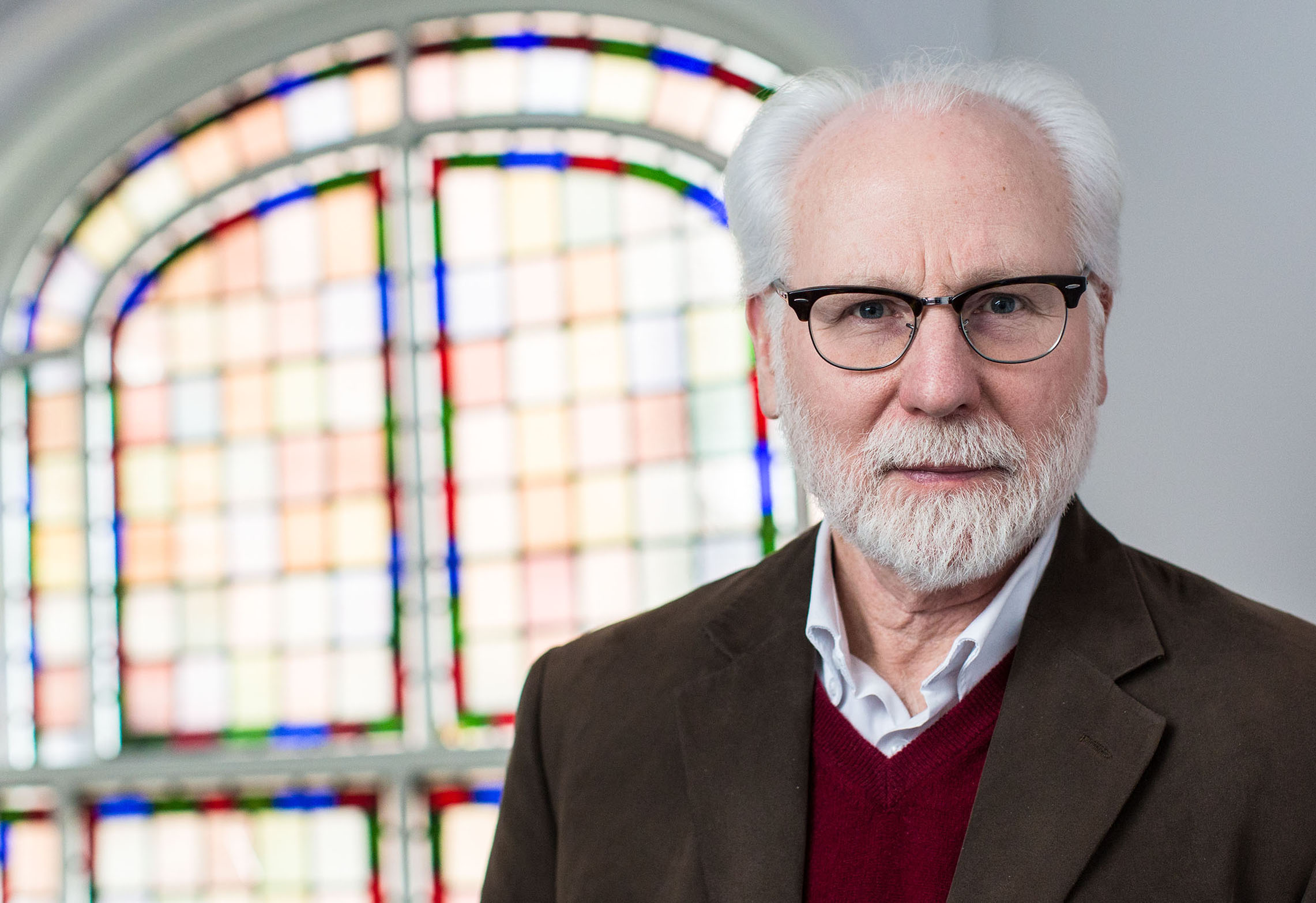
On December 5–7th Prof M. J. Driscoll ((University of Copenhagen) will deliver a series of lectures for Scandinavian Centre students. We kindly invite everyone interested!
5th December 9 a.m. Room 314 AB
Icelandic manuscripts and texts: An introduction
My lecture is intended as an introduction to Icelandic manuscripts, intended primarily for people interested in learning how to read Icelandic texts in their original form, that is to say in manuscripts, or in printed editions prepared on the basis of such manuscripts. It will cover the basics of Icelandic manuscript studies, from codicology and palaeography to textual criticism, but its principal aim is to give readers an understanding of manuscripts and manuscript transmission.
Preparatory reading:
Guðvarður Már Gunnlaugsson: “Manuscripts and palaeography”, A companion to Old Norse- Icelandic literature and culture, ed. Rory McTurk (Oxford, 2005), pp. 245-264.
Soffía Guðný Guðmundsdóttir, Laufey Guðnadóttir and Anne Mette Hansen: “Book production in the Middle Ages”, 66 manuscripts from the Arnamagnæan collection, ed. M. J. Driscoll and Svanhildur Óskarsdóttir (Copenhagen, 2015), pp. 211-228.
6th December 3 p.m. Room 314 AB
Popular romance in late pre-modern Iceland
Several longer-form, vernacular narrative genres of medieval Icelandic literature can be subsumed under the general heading “romance”. The bulk of these are known as riddarasögur (lit. Sagas of knights) in Icelandic. These are essentially chivalric romances, either 13th-century translations of predominately French romances or younger original Icelandic compositions using some of the same characters, settings and motifs as the translated romances. There about a dozen of the former, most of them translated in Norway but found almost exclusively in Icelandic manuscripts, and between 30 and 40 of the latter. A large number of similar sagas – somewhere around 150 – survive from the post-medieval period, but these have yet to attract much scholarly interest. The fornaldarsögur Norðurlanda (lit. Sagas of ancient times in the lands of the north) are also very much in the romance vein – formulaic, episodic quest narratives with a strong element of the fabulous and a happy ending – but take place in a Viking rather than a chivalric milieu. There are about 35 of these sagas preserved from the medieval period, and roughly an equal number composed after the middle ages. In my lecture I will present this material and discuss its transmission history.
Preparatory reading:
Barnes, Geraldine: “Romance in Iceland”, Old Icelandic literature and society, ed. Margaret Clunies Ross (Cambridge, 2000), pp. 266-286.
Driscoll, Matthew James: “Late prose fiction (lygisögur)”, A companion to Old Norse-Icelandic literature and culture, ed. Rory McTurk (Oxford, 2005), pp. 190-204.
7th of December 1 p.m. Room Sp1
The Icelandic rímur
The Icelandic rímur (lit. ‘rhymes’) are uniquely Icelandic, long narrative poems in complex meters, normally comprising several cantos or fits. The number of fits in one rímur cycle could vary from two or three to several dozen. The fits were in turn divided into stanzas, typically numbering between 30 and 100. Around 70 rímur survive from the medieval period, the majority of them anonymous. Rímur remained popular in Iceland until well into the modern age, and in all over a thousand rímur have survived. Rímur were almost invariably based on pre-existing prose narratives. Almost any story could be used, but the majority of rímur are based on romances of one kind or another, typically the mythical heroic sagas (fornaldarsögur) or chivalric romances (riddarasögur). Rímur were intended to be recited aloud, intoned in a manner called “að kveða”, best described as something between singing and speaking. Several hundred rímurmelodies have survived into the modern age, many of them clearly of some antiquity. In my lecture I will present the most important features of the rímur and play recorded clips from actual performances.
Preparatory reading:
Hughes, Shaun F.D.: “Late secular poetry”, A companion to Old Norse-Icelandic literature and culture, ed. Rory McTurk (Oxford, 2005), pp. 205-222.
About the professor
M. J. Driscoll is Professor of Old Norse Philology at the Arnamagnæan Institute, a research centre within the Department of Nordic Studies and Linguistics at the University of Copenhagen’s Faculty of Humanities. He holds degrees from the University of Stirling (BA (Hons.) 1979), Háskóli Íslands (Cand.mag. 1988) and Oxford University (DPhil 1994).
His research interests include manuscript and textual studies, particularly in the area of late pre-modern Icelandic. He also has a long-standing interest in the Digital Humanities, and served for many years on the technical council of the Text Encoding Initiative.
His publications include over 50 articles on various aspects of pre-modern Icelandic literature, editions and translations of a number of medieval and post-medieval Icelandic works, including Sigurðar saga þögla (Reykjavík, 1992), Ágrip af Noregskunungasögum (London, 1995, 2nd ed. 2008) and Fjórar sögur frá hendi Jóns Oddsonar Hjaltalín (Reykjavík, 2006), as well as the monograph The unwashed children of Eve: The production, dissemination and reception of popular literature in post-Reformation Iceland (London, 1997).
